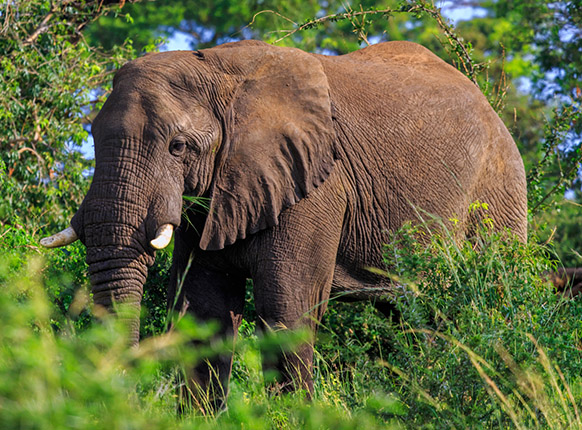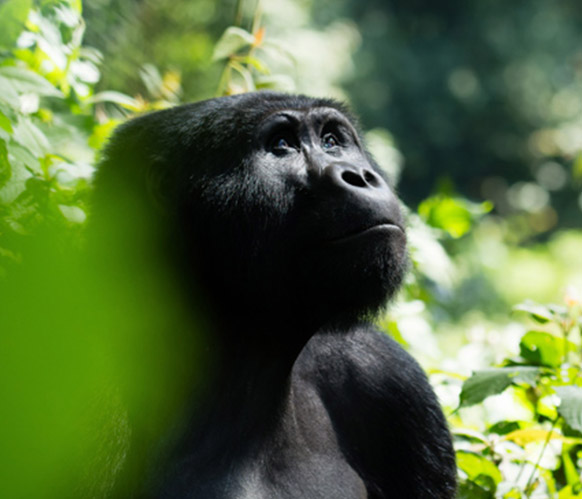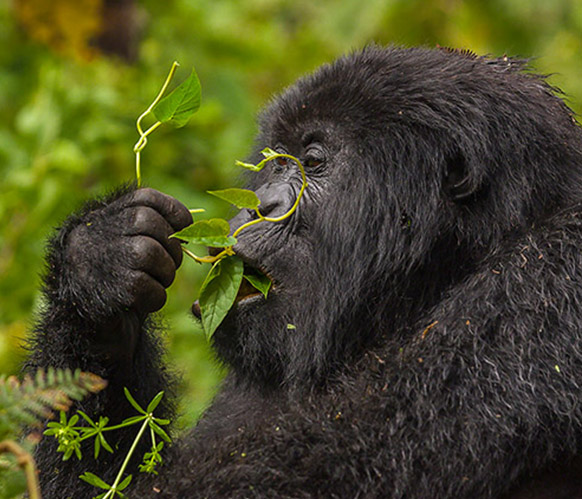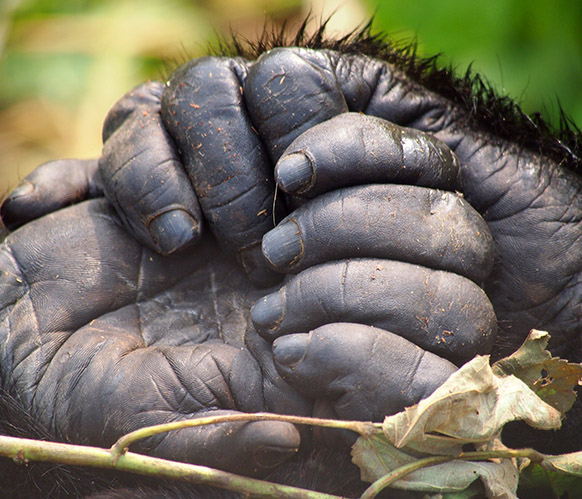Gorilla Trekking Ethics
It’s no doubt that the most thrilling and exciting safaris are the ones that offer the closest encounters with wildlife. And about this, gorilla trekking safaris are still ranking first.
Almost each year, millions of tourists travel to Africa just to see mountain gorillas. Unfortunately, these amazing apes are only found in three African countries of Uganda, Rwanda and the Democratic Republic of Congo.
Mountain Gorilla trekking in Africa is paramount in Uganda’s Bwindi impenetrable forest national park followed with other parks that are homes to the mighty giants of the forest.
Even though the biggest number of tourists have trekked gorillas in Bwindi, Volcanoes, Virunga and Mgahinga national parks in Rwanda, Congo and Uganda respectively, equally offer awesome gorilla trekking experiences.
Being endangered species, there is a regulated code of conduct that is maintained by both the trekkers and the park rangers. These are not necessarily rules and regulations, but rather guidelines that ensure an eco-friendly environment for the gorillas so as to save them for the future generation. Note that all these guidelines apply to all countries where mountain gorilla trekking is done.
It’s a mandate for all trekkers to have gorilla permits. No single tourist is allowed to visit the beautiful apes in the forest without a gorilla permit. This is a legal document that allows anyone to see the gorillas in their natural homes. It costs 600 USD, 1500 USD and 450 USD in Uganda, Rwanda and DRCongo respectively. It is advisable that you book a gorilla permit in at least 3-6months in advance to avoid last minute disappointments. You can directly book with the Uganda Wildlife Authority that issues the permits, or save yourself from the bureaucracy by booking with any registered travel company.
All trekkers are obliged to attend the gorilla trekking briefing at the park station before hitting the forest to search for the mountain gorillas. This is the first session of all gorilla tours where the local park ranger takes you through the dos and don’ts of gorilla trekking.
A maximum number of just eight trekkers is allowed to visit a single gorilla family in a day. This reduces on the behavioral disturbance of the gorillas and their exposure to the human-borne diseases. Remember, mountain gorillas are very susceptible to human diseases like flue, cough, diarrhea and others.
While on the trek and in the presence of the gorillas, always keep your voices low. In this we are minimizing the disturbance on nature and gorilla disruption. However, you can still ask the guide some questions since you are here to know and learn about these mighty apes.
On all gorilla tours, trekkers are allowed to take as many pictures and short videos as they want as long as it’s not flash photography. Mind your steps and move slowly and carefully while taking the pictures. Flash pictures scare away the apes.
Tourists visiting the gorillas in their natural habitats are strictly allowed just one hour with the mighty apes, watching them feed, play and jump onto tree branches as well as learning so much about them. Still the limited hours minimize the stress on the gorillas plus the risk to spread diseases. Note that, in this one hour, you are not allowed to touch the gorillas or go very close to them.
On the trek, avoid littering. Don’t leave any rubbish like plastic bottles, food wrappers or other contaminating items. These things injure the gorillas at times and some harbor diseases. We must ensure that we leave the forest as eco-friendly as we found it. Remember, we leave footsteps, not liter.
For ill trekkers and those below 13 years are not allowed to visit the apes for the safety of both the gorillas and the tourists.
It is just ethical to follow these simple guidelines so that we sustain the endangered apes and their homes for the future generations.
 info@thegorillatrekking.com
info@thegorillatrekking.com  +256 392 177 127
+256 392 177 127 




